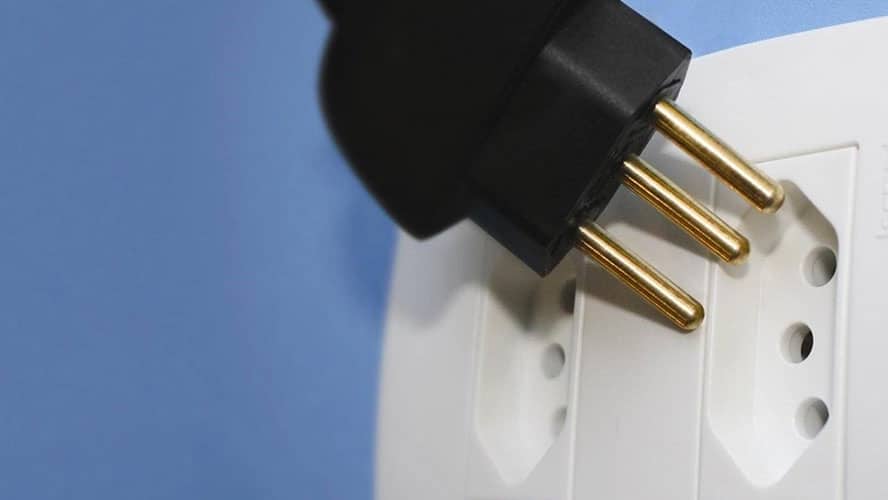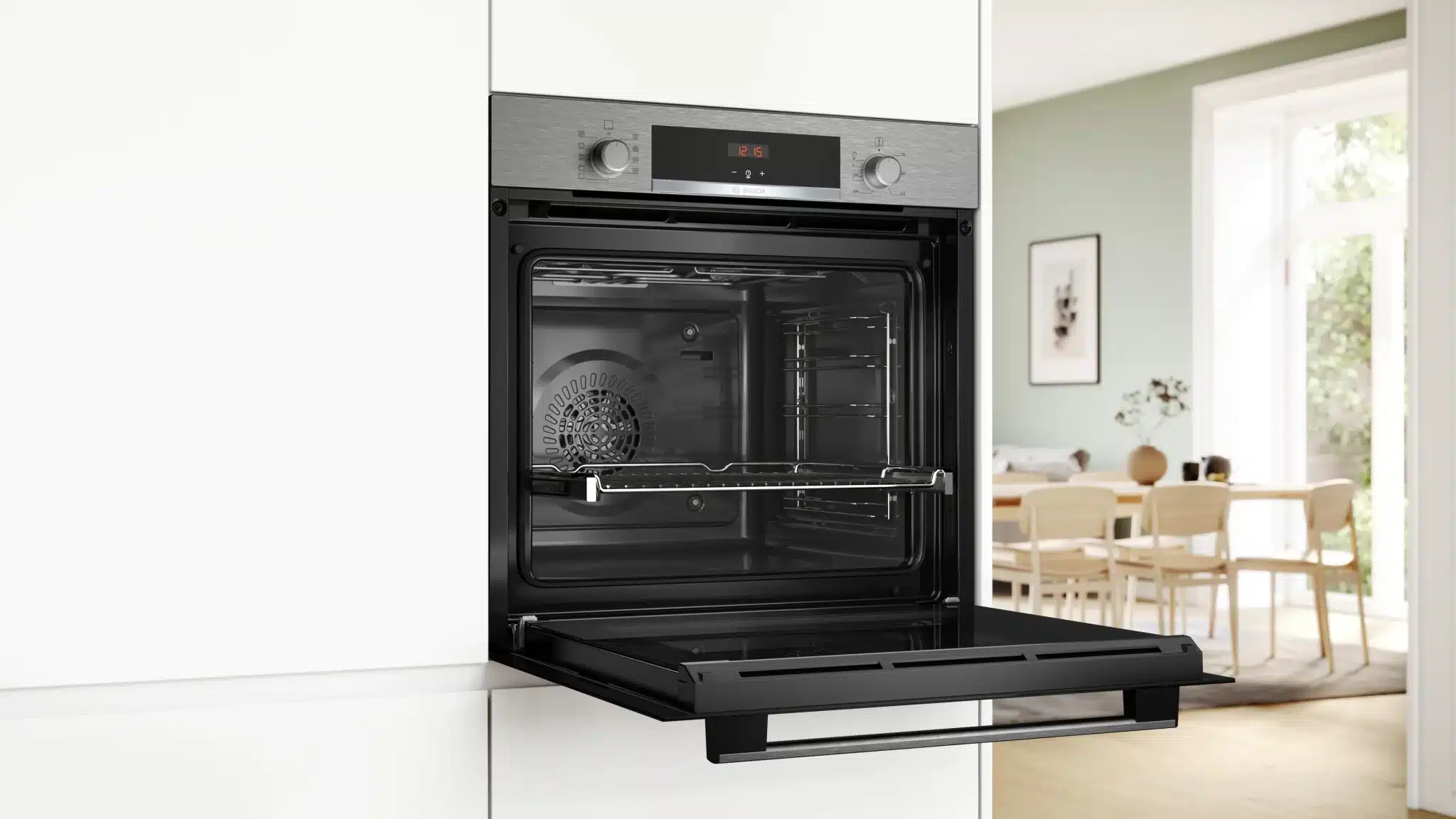Energy Hog: This Appliance Consumes More Power Than 64 Refrigerators Combined!

Have you ever considered which appliance in your kitchen is the real energy “glutton”? It’s neither the one that operates 24/7 nor the one that makes noise in the laundry room. The real champion in energy consumption is likely your electric oven, particularly if it’s one of the modern, high-powered models.
Get ready for a shocking statistic: a single electric oven, when used heavily, can consume more energy than **64 refrigerators** running all at once! Yes, you read that right: sixty-four!
We often blame the air conditioner in the summer or the old refrigerator for high electricity bills. While they do contribute, the electric oven often goes unnoticed, hidden behind its convenience for baking bread, cakes, lasagna, and succulent meats.
The issue lies in the very function it performs so effectively: generating intense and consistent heat. This process requires a massive amount of electricity.
Understanding the Energy “Appetite”

The exact energy consumption can vary. A basic model might use around 2,000 watts per hour, while a larger or more powerful oven can easily reach 5,000 watts per hour or more. To put this in perspective, a standard refrigerator typically consumes between 300 and 800 watts per hour, considering its continuous operation, which includes active refrigeration cycles and rest periods. Even so, its average hourly consumption is significantly lower.
Now do the math: if a refrigerator consumes, let’s say, 500 watts per hour on average, 64 refrigerators together would consume 32,000 watts per hour (64 x 500). A powerful electric oven running at 5,000 watts is still well below that, right? Wrong! The major difference lies in the duration of use and the maximum power applied.
Peak Power: The electric oven reaches its maximum power (those 2,000 to 5,000 watts) during preheating and a good portion of the cooking time. It requires this to generate heat quickly and maintain it high inside the cavity, overcoming losses through the door and walls. It’s a continuous and intense effort.
Concentrated Time: While you use the oven, it is draining energy at this accelerated rate for a continuous period—30 minutes, 1 hour, or sometimes more. This results in massive consumption in a short time frame.
The Refrigerator: The refrigerator, on the other hand, operates to maintain a low and stable temperature, typically between 2°C and 8°C. Its compressor cycles on and off periodically. Even when running 24/7, its average hourly power is much lower because it’s not always at maximum. Additionally, keeping the cold in an already cooled environment is less energy-demanding than generating very high heat (often above 200°C) from room temperature.
Therefore, when we compare the impact *during active use*, the electric oven becomes an energy behemoth. The electricity bill feels this concentrated effort, especially if you bake frequently.
And the “Nap” that Costs a Fortune? (Standby Mode)
Here’s another crucial detail that many overlook: even when you’re not baking anything, the electric oven can still consume energy. Many modern models, especially the digital ones with clocks, timers, or programmable functions, remain in “standby” mode while plugged in.
This is the small digital display that stays on, or the indicator lights. This technological “nap” consumes energy all the time, 24 hours a day, every day of the month. Although the standby consumption is low per hour (a few watts), it adds up over an entire month, representing an additional and completely avoidable expense on your bill.
How to Tame the “Glutton” (Without Giving Up Roasting):
The good news is that you don’t have to give up your electric oven or your delicious roasts. You can use a few smart strategies to significantly reduce its impact on your electricity bill:
Batch Cooking: This is the golden rule. Plan your usage. Instead of turning on the oven multiple times a week for small bakes, take advantage of it when it’s already hot to prepare several items at once. Roasting a chicken? Add a tray of potatoes or vegetables. Making cheese bread? Prepare a large batch and freeze part of it. Maximizing use every time you turn it on is key.
Turn Off Before the End: The residual heat inside an electric oven is powerful and lasts several minutes. Use this to your advantage! If a recipe calls for 40 minutes, try turning off the oven at 35 or 38 minutes. Keep the door closed and let the heat that’s already inside finish the cooking gently. This works very well for roasts, gratins, and some pies.
Keep the Door Closed, No Exceptions: Every time you open the oven door during cooking, a large amount of hot air escapes. The oven then has to work much harder, at maximum power, to regain the lost temperature. This unnecessarily wastes energy. Use the internal light (if you have one) and the window to peek inside. Open the door only when it’s really necessary to turn the food or check its doneness.
Unplug It: This is simple and effective. As soon as you finish using the oven and it cools down enough, unplug it. This completely eliminates standby consumption. If the outlet is hard to reach, consider using a power strip with a switch—just one click to cut off the power.
Avoid Excessive Preheating: Follow the preheating time indicated in the manual or recipe. There’s no need to let the oven heat up for much longer than necessary. Some modern ovens heat up very quickly.
Choose the Right Size: If you’re in the market for a new oven, assess your real needs. A large oven for one person or a couple will be less efficient for baking small portions than a suitably compact model.
The electric oven is a fantastic ally in the kitchen, capable of incredible results. By understanding how it consumes energy and applying these practical tips, you can continue to enjoy your baked delights without a shock when the electricity bill arrives at the end of the month. Keep an eye on this silent “glutton”!
This appliance consumes more energy than 64 refrigerators running simultaneously was first published on Misterios do Mundo. Copies are not authorized.